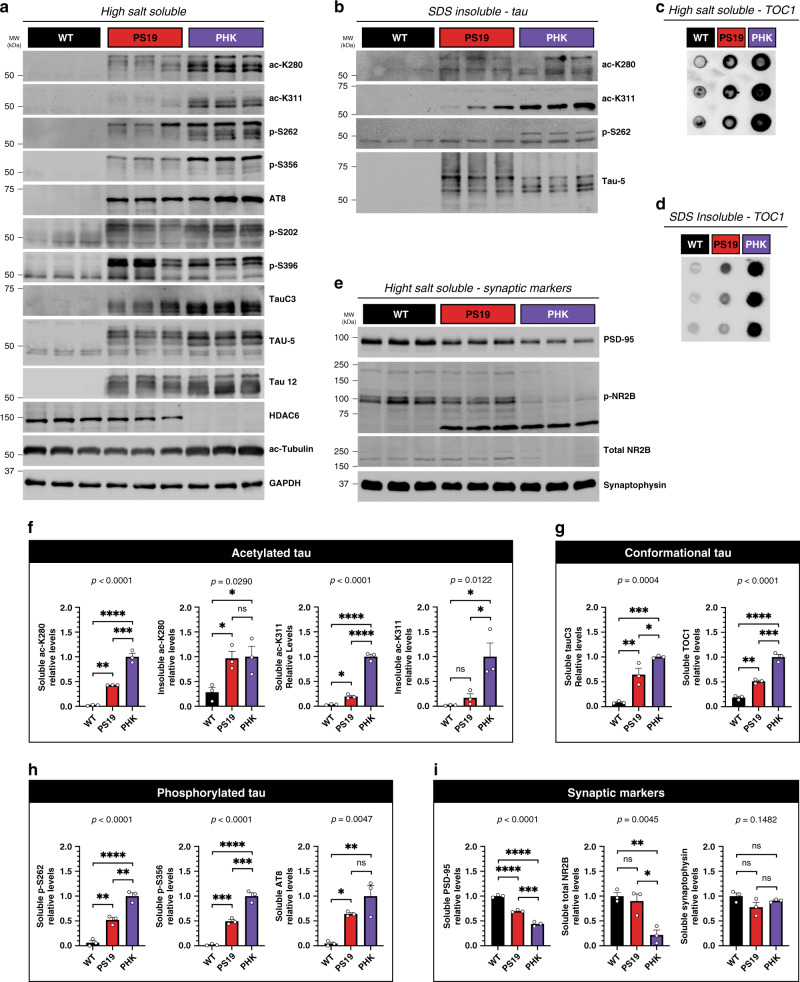Fig. 7. HDAC6 depletion accelerates tau pathology and causes synaptic dysfunction.
a Immunoblotting of soluble high salt fractions from 12-month-old WT, PS19, and PHK cortex to evaluate the following: acetylated tau (ac-K280 and ac-K311), phosphorylated tau in the MTBR (p-S262 and p-S356), nonMTBR phosphorylated tau (AT8, p-S202, and p-S396), cleaved tau (TauC3), endogenous mouse tau (TAU-5, ~50 kDa), human tau (TAU-5 and Tau 12, ~65 kDa), HDAC6, and the HDAC6 substrate ac-tubulin. b Similar immunoblotting as in a was performed using insoluble SDS fractions. Acetylated tau (ac-K280 and ac-K311), phosphorylated tau in the MTBR (p-S262) and total tau (TAU-5) were detected in the insoluble fractions. c, d Dot blot analysis was used to detect oligomeric tau in soluble (c) and insoluble (d) fractions with the TOC1 antibody. e Synaptic markers including postsynaptic (PSD-95), NMDA receptors (p-NR2B and total NR2B), and presynaptic (Synaptophysin) were evaluated by immunoblotting. f–i Quantification of acetylated tau (f), conformational tau (g), phosphorylated tau (h), and synaptic markers (i) were determined by densitometry and values were normalized relative to PHK mice (f–h) or WT mice (i). Statistical tests: one-way ANOVAs were performed (p-values are listed above graphs) and Tukey’s multiple comparison tests were used to compare among groups. Representative immunoblotting data are shown from n = 3 biologically independent samples (a–e). Error bars represent means ± SEM. *p < 0.05, **p < 0.01, ***p < 0.001, ****p < 0.0001, ns not significant. Source data are provided as a Source Data file.

